Your One-Stop Guide to Recording Your Podcast Remotely
After the pandemic, organising podcast recordings from the comfort of your own home has become the norm. Some of your favourite podcasts might even be recorded under a stuffy blanket or in a cramped closet.
So what do you need to think about when recording a podcast from home? Here are some of our tips for making sure that your makeshift podcast setup is still able to impress and engage audiences.
Getting the perfect audio from home
Sound quality is more important than you think. We’ve written before about how important good audio is.
In fact, a study from 2018 by USC and the Australian National University shows that bad audio can even lower the credibility of your podcast.
So if you are producing a branded podcast – or a podcast where it’s important to build trust and authority in a certain field – make sure you have quality audio.
Don’t skimp on high-quality gear. For crisp audio, you’re going to want to invest in a high-quality microphone. On the lower end of the price scale are microphones for about 80 pounds, whereas good microphones can cost anywhere upwards of 400 pounds.
The right environment is also important. Sitting in an echoey room is detrimental to audio quality. There is a reason podcast hosts record from inside closets or under blankets. You want to avoid hard surfaces and empty space to minimise as much echo as possible.
Once you’ve honed your sound, you can expect listeners to slowly start growing.
Want to record your podcast with professional gear, a producer and zero hassle?
We got you.
We can take care of the whole thing and leave you with the best audio-quality podcast possible.
How to record a podcast from different locations
Recording with a co-host
If you are creating a podcast, you might want to consider getting a co-host. For casual, conversational podcasts, the friendly co-host dynamic can make listeners feel like they are a part of the podcast friendship (what listener doesn’t appreciate a para-social podcast relationship?).
For informative podcasts, having a co-host is a great mechanism to pose questions and provide answers in a way that sounds natural.
Also, hearing two voices helps add variation and makes the podcast more interesting from an audio perspective, which can draw listeners in as a result.
But difficulties might arrive. When recording a podcast from 2 locations, make sure that you have properly planned the recording.
If you have especially good chemistry, it can be easy to speak over each other enthusiastically when you’re sitting in two separate locations. Establish rules about making sure to let someone finish their sentence – your producer will be thankful for it.
Make sure both hosts have put in the work. It’s important to make sure that both parties have planned the recording and gone through the planned episode you’re about to record beforehand – even if the podcast is not scripted. This will help you stay on track and save your producer lots of editing time in the long run.
Make sure that you have all the tech gear set up, and do a soundcheck before you get going. Of course, a lot of this is up to the producer. You can read more about all the things for a producer to keep in mind in our Producer’s Checklist post.
Recording with a guest
Make it easy for your guest. If you are recording with a guest in a separate location, make sure that they have technology that will work easily for them, using the apps and devices that they might already have at home.
While it’s always good to tell them to record the conversation on their end, the internet can always be spotty, you don’t want to rely fully on their audio recordings.
Always make sure you have a backup, and a way to retrieve the recording even if the internet fails you, or if you have a flaky guest who has stopped responding to your calls.
Consider their safety. If you have an interviewee who is sharing confidential information, use end-to-end encrypted messaging platforms to share information.
Scheduling
Make a schedule – and stick to it! Make sure to factor the time difference if there is any, and always call a little earlier to set up the gear.
For interviewees, give them a certain time to choose from for the recording, and send a reminder a day beforehand to make sure that they remember.






